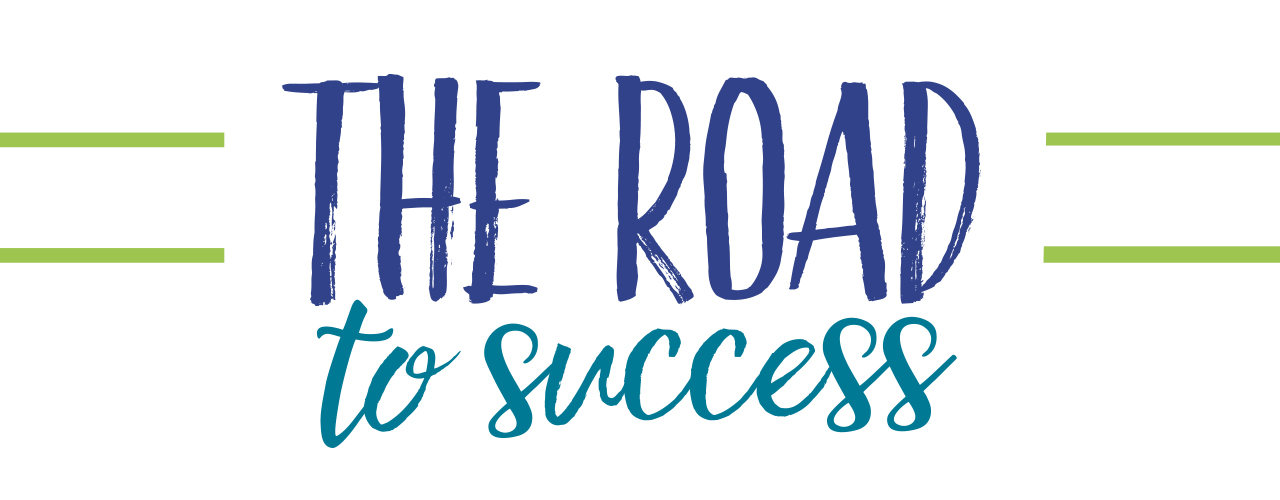today’s best practices for tomorrow’s challenges

#todays #practices #tomorrows #challenges [ad_1]
 By Rob Kriner, Commercial Success Director at Com Laude
By Rob Kriner, Commercial Success Director at Com Laude
Despite economic uncertainties, interest in the commercial opportunities presented by Web3 has proven to be a constant. Earlier this year, Unstoppable Domains hit unicorn status after raising $64 million in a Series A funding round. Since then, the firm has gone on to register over 2.5 million blockchain domains – showing that many are eager to secure their place within the next iteration of the commercial internet.
However, some are concerned. “The next big threat” is how Microsoft’s annual Digital Defence Report labelled blockchain domains. But are they really so bad?
To answer that question, we must first understand what blockchain domains are, reflect on their growing popularity, and consider some best practices that apply to all domain name portfolios, irrespective of size or sector.
The rise of blockchain domains
Blockchain domains are a fundamental building block of Web3 and serve several purposes. This includes identifying owned property and hosting assets in the virtual world of the metaverse, to making cryptocurrency wallets more accessible.
Taking crypto wallets as an example, similar to how domain names were invented because people found remembering long strings of IP numbers difficult, blockchain domains provide a human-readable name for wallets. Want proof? Which one of the addresses below is easier to remember?
0x78743110A1B17c86cH43g09853c0vb2836c205 or Comlaude.eth.
In terms of the broader benefits, blockchain domains are decentralised, making them transparent, seemingly incorruptible, secure, and free from the control of a central authority.
However, the lack of regulatory oversight means that blockchain domains are also difficult to shut down and even trace back to their owners – a problem for brands potentially facing off against a new generation of cybersquatters.
An unwinnable battleground?
In the DNS world of.com and .uk, there’s a harmonised set of technical standards. This means traditional DNS domains work seamlessly across different browsers. However, in Web3, because there are many competing blockchains, there’s no uniform architecture and each blockchain works independently of the other.
In theory, every permissionless blockchain can support blockchain domains. But three of the leading blockchain domain providers, Ethereum, Handshake and Unstoppable Domains have a combined seven million registrations. Ethereum Blockchain developers, for example, created the Ethereum Naming Service (ENS) to allow the registration of .eth names on the Ethereum Blockchain, while .hns names can be registered on the Handshake blockchain.
The lack of regulation and the anonymity they provide makes blockchain domains ripe for abuse from cybercriminals. For example, blockchain domains are perfect for tax avoidance and for moving and transferring the proceeds of crime.
Negotiating with a blockchain domain owner
Thousands of brand names have already been reserved in the blockchain world by speculators. However, there is currently no formal reclaim process, leading many to ask: how do you negotiate with a blockchain domain owner when they’re anonymous? It’s a valid question to ask and the answer is not a simple one but there are steps that can be taken. Many major brands have risked being burnt by this issue. For example, back in 1998, Microsoft had to pay over $1 million after two cybersquatters beat them to registering microsoftwindows.com and microsoftoffice.com.
High-profile cases such as these combined with the absence of support from ICANN in Web3, means brands are understandably lacking the confidence to explore the space and its opportunities. But this doesn’t mean that brand owners should give up. Instead, brand owners should seek to take a more proactive approach.
As many brand names have already been taken by speculators, pragmatism and agility are essential. The obvious first step is to make sure you’ve registered your domain on the decentralised web early. In doing so, not only will you be futureproofing your business for the next stage of the internet. But registrations will be relatively affordable, and you’ll be making a cost-effective hedge should Web3 not end up living up to the anticipated hype.
Working with a domain name specialist
The issue of blockchain domains is only going to increase in importance as adoption rises, so businesses and brands would do well to prepare sooner rather than later. Considering the future potential of Web3 and the Metaverse, brands should start taking the necessary precautions and lay the foundations to make sure they are protecting their brand and IP. If we look back to the early 90s, we can see how far these domains can and will go.
Effective brand protection in Web3 is a collaborative process, both in terms of internal resources and external experts who can use their experience to stop third parties from profiting from your hard work, be it through shrewd, no-nonsense dialogue with registrants or simple commercial negotiation.
Working with a domain name specialist and building a registration and enforcement strategy will ensure you have a trusted partner with the experience to guide you through a world that is complex and constantly evolving.
[ad_2]
Source link
